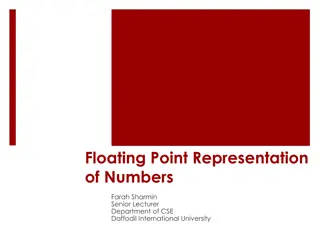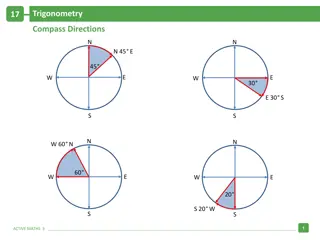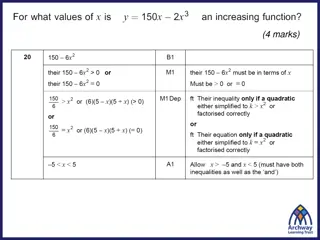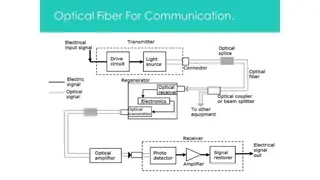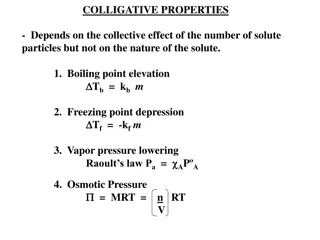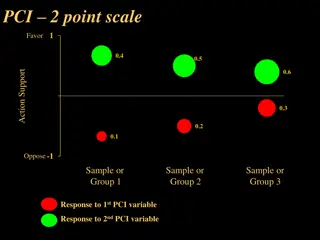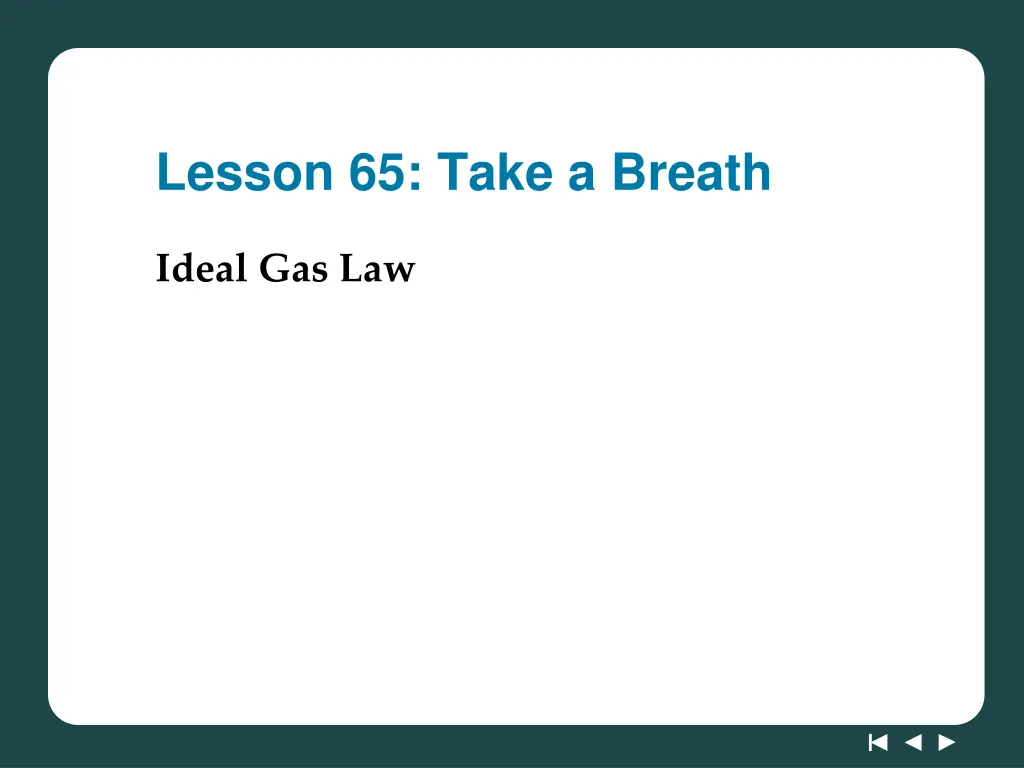
Understanding Ideal Gas Law and Gas Volume Calculations
Explore the principles of the ideal gas law and learn how to calculate gas volume based on pressure, temperature, and other factors. Discover the relationship between gas pressure, volume, moles, particles, and temperature through engaging lab activities and discussions. Dive into the concept of the universal gas constant and its role in gas calculations.
Uploaded on | 2 Views
Download Presentation

Please find below an Image/Link to download the presentation.
The content on the website is provided AS IS for your information and personal use only. It may not be sold, licensed, or shared on other websites without obtaining consent from the author. If you encounter any issues during the download, it is possible that the publisher has removed the file from their server.
You are allowed to download the files provided on this website for personal or commercial use, subject to the condition that they are used lawfully. All files are the property of their respective owners.
The content on the website is provided AS IS for your information and personal use only. It may not be sold, licensed, or shared on other websites without obtaining consent from the author.
E N D
Presentation Transcript
Lesson 65: Take a Breath Ideal Gas Law
ChemCatalyst 1. Describe how you can determine the volume of a breath of air. Name four factors that might affect the volume you measure. What do you need to know in order to determine the number of molecules in a breath of air? 2. 3.
Key Question How can you calculate the number of moles of a gas if you know P, V, and T?
You will be able to: define the ideal gas law define the universal gas constant, R complete calculations for finding n, using the ideal gas law
Prepare for the Lab Work in groups of four. Wear safety goggles.
Prepare for the Lab (cont.) The equation for the ideal gas law is PV = nRT where R is equivalent to the proportionality constant, k, for this equation. R = R = 0.082 L atm/mol K PV nT
Discussion Notes We should see differences in the volume of one breath of air from group to group. There is more than one way to figure out the volume of air that was exhaled into the bottle.
Discussion Notes (cont.) The ideal gas law allows scientists to relate gas pressure, volume, moles of particles, and temperature. Ideal Gas Law: The ideal gas law states that PV = nRT, where R, the universal gas constant, is equivalent to the proportionality constant, k, for this equation. R = R = 0.082 L atm/mol K nT PV
Discussion Notes (cont.) Note that R is the same for all gases but the value of R does change depending on if the units change. The number of moles can be converted to the total number of gas molecules by multiplying by 602 sextillion. The ideal gas law can be used to solve for other variables besides n.
Wrap Up How can you calculate the number of moles of a gas if you know P, V, and T? The ideal gas law relates volume, pressure, temperature, and the number of moles of a gas sample: PV = nRT, where R = 0.082 L atm/mol K. R is a number that relates all the different units to one another in the ideal gas law. Its value does not change if the units don t change. R is called the universal gas constant.
Wrap Up (cont.) The ideal gas law can be used to figure out P, V, n, or T when the other three variables are known.
Check-In You cap a 1.0 L plastic bottle on a mountaintop where the air pressure is 0.50 atm and the temperature is 298 K. 1. How many moles of gas are in the bottle? 2. What is the number density, n/V, of the gas inside the bottle on the mountaintop? 3. At sea level, the volume of the bottle becomes 0.50 L. What is the number density of the gas inside the bottle at sea level?





